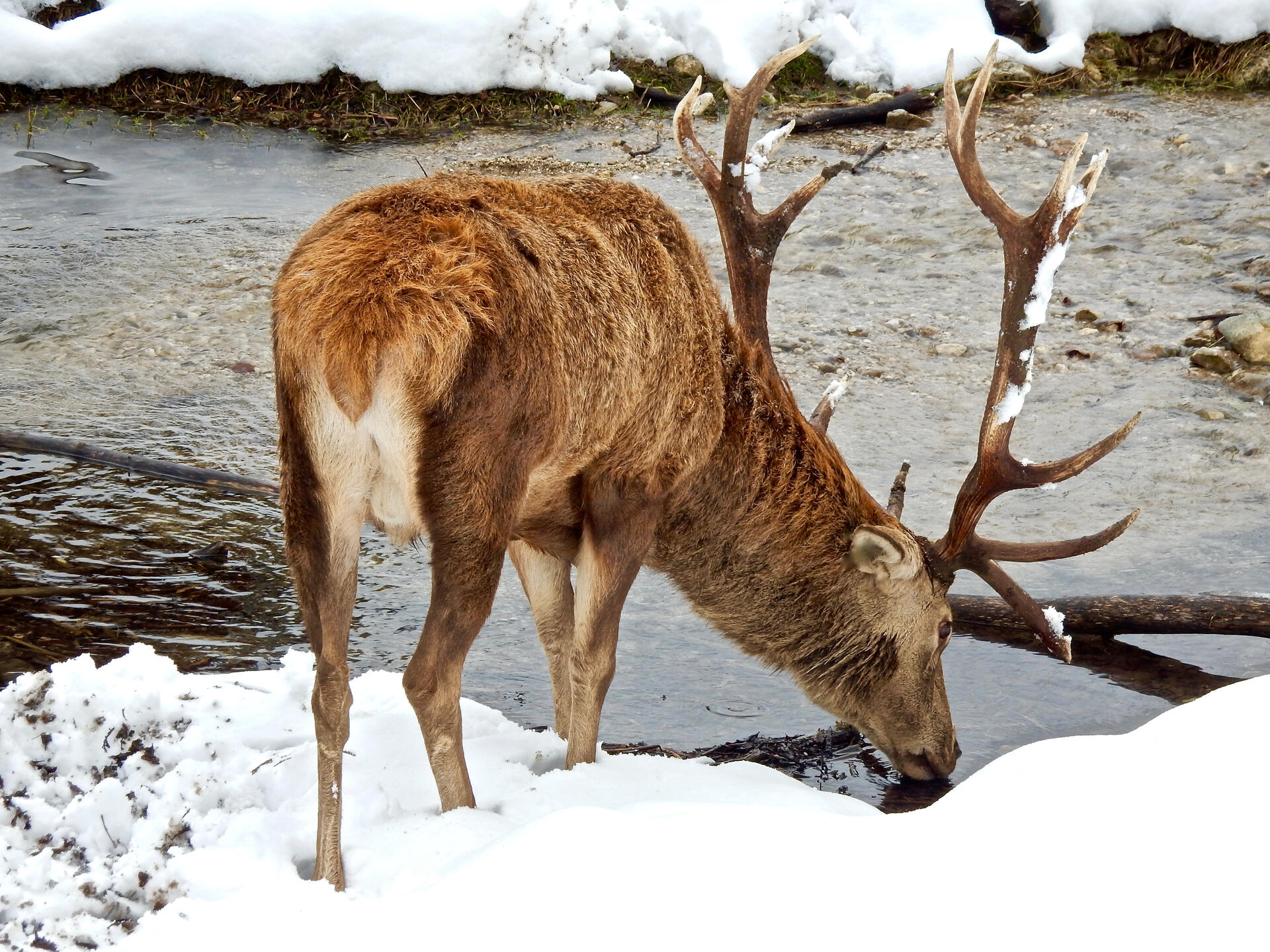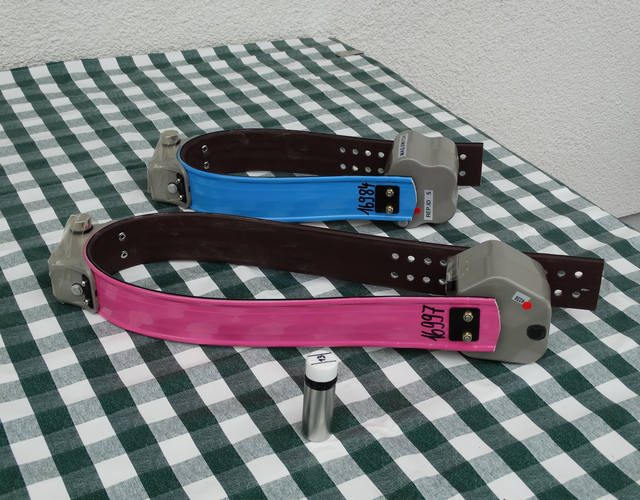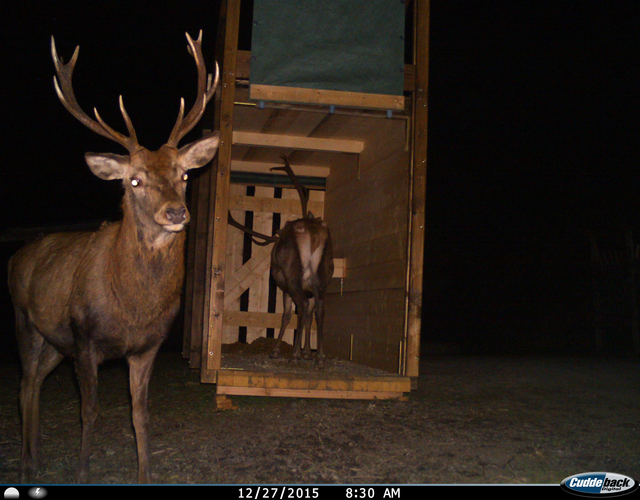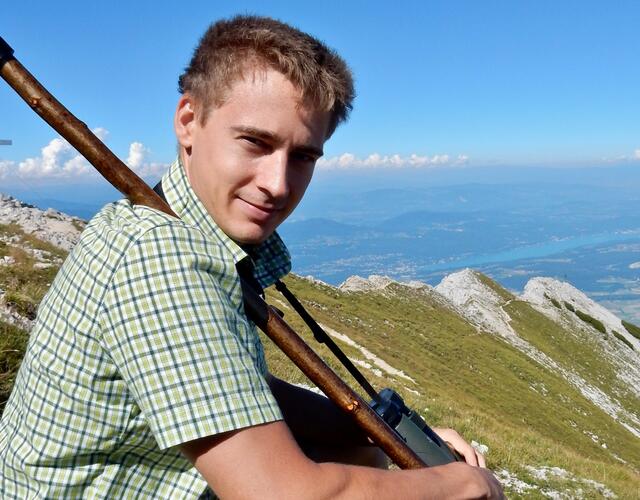Integral Red Deer Management
The Kitzsteinhorn is surrounded by 10,000 ha of hunting ground. That is equivalent to over 14,000 soccer fields. The Wiesbachhorn mountain represents the highest-situated point with 3,600 m above sea level. In November 2002, foehn storm "Uschi" caused substantial changes to indigenous wild game. During reforestation work, a unique cooperation between tourism, hunting, forestry and farming was started in order to ensure a safe coexistence of red deer and cultural landscape within the newly developed wood areas in the valley of Kaprun.
2015 – half-time for the 20-year-long reforestation project after foehn storm Uschi. Wood rehabilitation already shows great success and protection woods by steep slopes in the Kaprun valley are stable again. New tree density has complicated observing and consequently hunting wild game. Red deer damage young trees by browsing or peeling; therefore, a scientifically-monitored project was launched in 2015, which aimed to gain insight into red deer behavior in the Kaprun valley. On the initiative of the Gletscherbahnen Kaprun Inc., red deer was equipped with transmitters, observed, analyzed and a management system in accordance with the growing wood was developed – together with stakeholders of tourism, hunting, forestry and farming. The declared aim: directing red deer to ensure species-rich tree growth for the forest's protective function. Let's have a look at the bridge between science and practice together with scientist Paul Griesberger.

A look behind the scenes of red deer life
Paul Griesberger, employee and PhD student at the Institute of Wildlife Biology and Game Management (BOKU Vienna, University of Natural Resources and Life Sciences) assisted the scientific part of the project. He explains: "In the beginning, we had to understand red deer. To do that, we caught 20 deer in large wood box traps during winter feedings, where hunters and vets could equip them with GPS collars, feeding tubes and ear tags. Those things allowed us to track ten female and ten male deer, as well as to determine their heart rate, body temperature and other body function values. Data was collected three times a day and transmitted to the Institute of Wildlife Biology and Game Management. The "text message" from the deer provided us with some fascinating insights and aha moments."
To my mind, this project brought us a step closer to understand, how red deer can be best integrated into a cultural landscape that is shaped and influenced by humans.
Couch potato vs long-distance hiker
Paul Griesberger, who was also responsible for data analysis, is surprised: "Data shows that no deer is like another. They have distinctive characters, just as we humans. Although having some things in common, their different behavior patterns have fascinated me. We could see considerable differences as far as movement patterns are concerned. There were the couch potatoes that remained in their home range all year round, leaving only during rutting season. Then there were the hikers that moved from summer to winter bedding. And last but not least, there were the long-distance hikers that remained at a small bedding by the feeding area in winter but walked long distances to neighboring valleys in spring to return for feeding in fall. The record holder among the latter traveled 17 kilometers in 48 hours to reach his summer bedding area in the Fuschertal valley. He spent winter in the Kaprun feeding area and, on the exact same day as the year prior, departed for the Fuschertal valley on the same route around the Imbachhorn mountain."
Feeling the pulse
Josef Zandl, Fischhorn estate manager, was part of the research team "Integral Red Deer Management". The experienced farmer, forester and hunter was also surprised by some processed data. He says: "Red deer heart rates sank from 90 heartbeats per minute in summer to around 30 in winter, indicating that deer go on energy-saving mode during cold season. It's a time deer react especially sensitive to human disturbance; energy loss as a consequence of increased heart rate would be dramatic. Their need for resting and peace has to be respected now."
Deer avoid humans whenever possible. But sometimes, an attractive food source will make them accept human closeness. Zandl reports: "I remember data of a deer that lingered directly behind the Panoramabahn cable car parking space all day long over several weeks in November to eat its fill of leaves falling from ashes and sycamores. He was everything but relaxed while eating, though – his heart rate was significantly elevated for being so close to humans. Despite its high escape response, the deer stayed at a distance of 100 to 150 meters to the people on the parking space."

Recreation & wild game – a winning combination
Additional data provided the project team with insights into leading and positioning red deer. Recreational use and its effects on red deer was analyzed, too. Paul Griesberger reports: "Data indicates that recreational use and red deer are compatible with one another in the same territory, as long as all parties involved play by certain rules. The Gletscherbahnen Kaprun Inc. has defined an extensive space planning concept for the Kaprun valley in coordination with the municipality of Kaprun which specifies that the western part of the valley is used for touristic purposes, while the eastern part remains a touristically non-affected area. This concept is exemplary and will become increasingly important owing to rising tourism."
The project "Integral Red Deer Management" demonstrates the importance of space planning in the valley of Kaprun with factual and convincing information. Recovery-seeking people can experience a spectacular mountain world while respecting indigenous wild game. Griesberger looks back: "This project definitely ranks among the most exciting I've ever worked on over my career as a scientist. To my mind, it's brought us a step closer to understand, how red deer can be best integrated into a cultural landscape that is shaped and influenced by humans. Moreover, we could show approaches to ensure restoration and preservation of stable forests."
Those who want to learn more about this unique project can download the brochure "Integrales Rotwildmanagement" here (in German).




